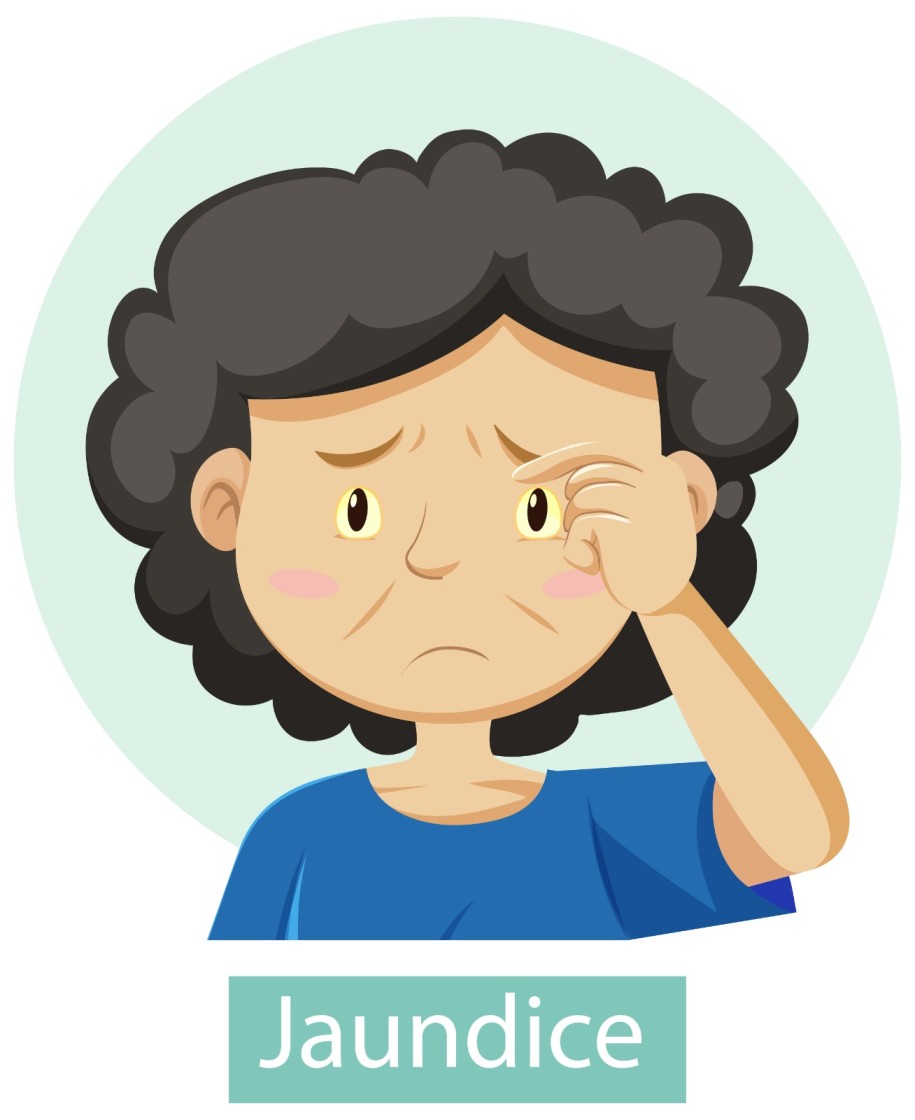Jaundice, characterized by yellowing of the skin and eyes, can affect both adults and newborns. It is caused by the buildup of bilirubin, a yellow pigment, in the body. While the causes and management of jaundice can vary between adults and newborns, understanding the commonalities and differences is crucial for timely diagnosis and effective treatment. In this blog post, we will explore the causes, symptoms, and management strategies for jaundice in adults and newborns, providing a comprehensive understanding of this condition across different age groups.
Causes of Jaundice in Adults: Jaundice in adults can arise from various factors, indicating an underlying condition. The most common causes include liver diseases like hepatitis, alcohol liver disease, cirrhosis, and liver cancer. Gallstones, obstruction of the bile ducts, certain medications, and autoimmune disorders like autoimmune hepatitis can also lead to jaundice. Prompt identification of the cause is essential for appropriate management.
Causes of Jaundice in Newborns: Newborn jaundice is relatively common and usually harmless. It occurs due to the immature liver’s inability to efficiently process bilirubin, resulting in its accumulation. Physiological jaundice, a temporary condition, is the most common cause in newborns, typically appearing 2-4 days after birth. However, other causes such as breastfeeding jaundice, blood type incompatibilities, and rare metabolic disorders like Gilbert’s syndrome or Crigler-Najjar syndrome can also contribute to jaundice in newborns.
Symptoms of Jaundice: The primary symptom of jaundice in both adults and newborns is the yellow discoloration of the skin and eyes. In adults, additional symptoms may include fatigue, dark urine, pale stools, abdominal pain, nausea, vomiting, and weight loss. Newborns with jaundice may exhibit poor feeding, lethargy, excessive sleepiness, and high-pitched crying. It is essential for parents and adults to be aware of these symptoms and seek medical evaluation for a proper diagnosis.
Management of Jaundice: The management of jaundice varies depending on the underlying cause and age group.
- Adults:
- Treatment focuses on addressing the root cause. For viral hepatitis, antiviral medications may be prescribed. Alcoholic liver disease requires alcohol cessation and supportive care.
- Liver cirrhosis management involves lifestyle modifications such as a healthy diet, avoiding alcohol, and managing complications as they arise.
- Gallstone-related jaundice may necessitate surgery to remove the gallbladder or procedures like endoscopic retrograde cholangiopancreatography (ERCP).
- Medications causing jaundice may need to be discontinued or replaced under medical supervision.
- Supportive measures include rest, hydration, and proper nutrition to aid in liver recovery.
- Newborns:
- Phototherapy is the primary treatment for newborn jaundice. Exposing the baby’s skin to special lights helps break down bilirubin. In severe cases, an exchange transfusion may be necessary.
- Breastfeeding plays a crucial role as it helps eliminate excess bilirubin. Frequent feeding and ensuring a proper latch are important.
- In cases of blood type incompatibility or underlying metabolic disorders, additional treatments may be required. These can include blood transfusions or specialized medical interventions.
- Regular follow-up appointments and monitoring of bilirubin levels are essential to ensuring the newborn’s well-being.
Jaundice is a condition that affects both adults and newborns, with different causes and management approaches. Timely diagnosis, understanding the underlying cause, and proper management are crucial for optimal outcomes. Whether in adults or newborns, recognizing the symptoms and seeking medical attention is essential. Treatment options vary depending on the individual’s age and specific circumstances, ranging from medication and lifestyle changes in adults to phototherapy and, in severe cases, exchange transfusion in newborns. By understanding the causes, symptoms, and management strategies, individuals and their parents can actively participate in their healthcare journeys, ensuring the best possible outcomes.




